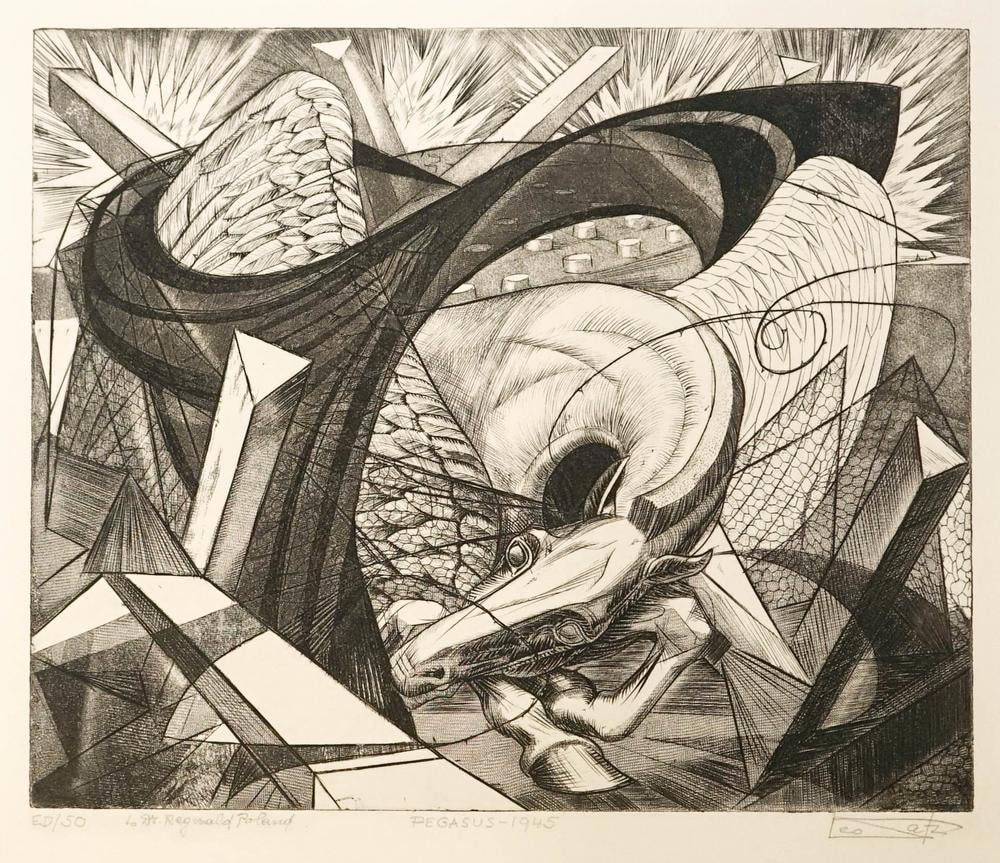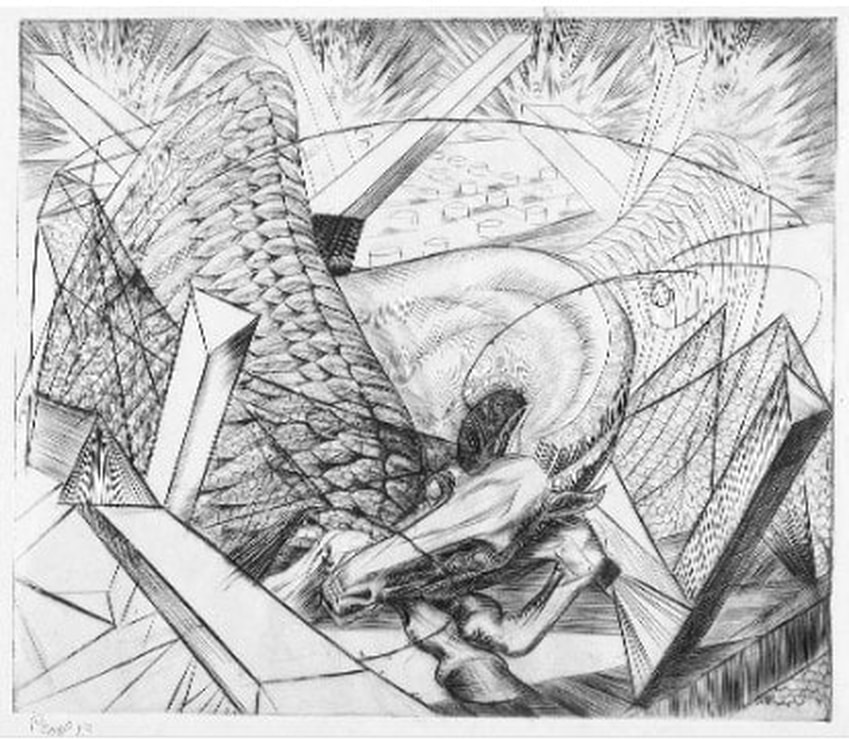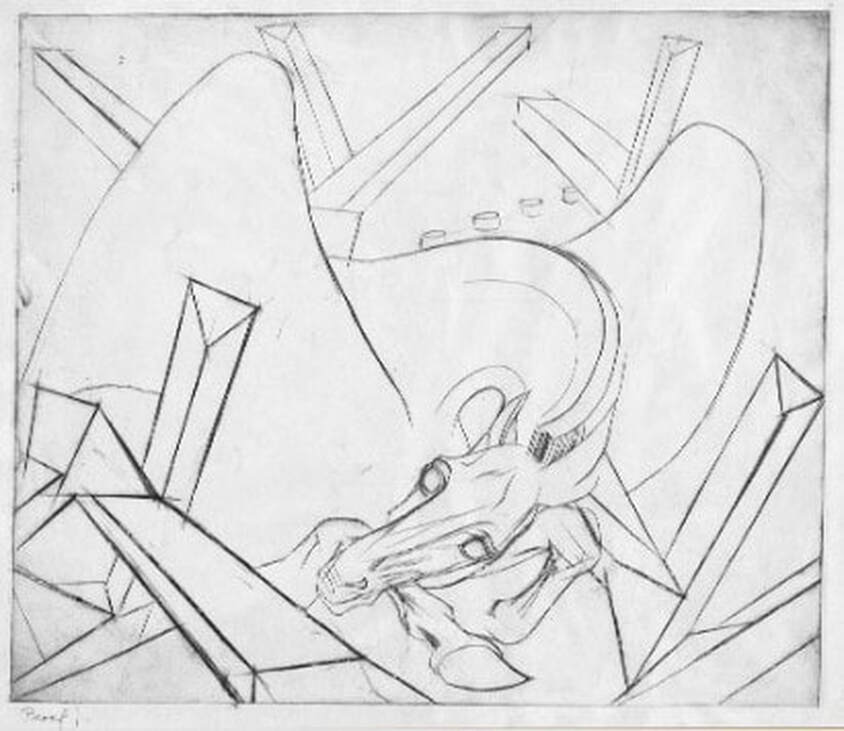Ann ShaferWhen I taught young artists in the BMA’s printroom, I always suggested a few things to keep in mind when creating art. First, that they pay attention to materials—the work might turn out well, and you’ll be sorry it’s on crappy paper. Second, that they sign everything—I can’t tell you how many works on paper by unknown artists are in the collection. Third, that they date everything—you always think you’ll remember when you created a work, but unless you have a remarkable mind, you won’t remember. On the latter point, some museums are okay with n.d. as a date (meaning no date), but I was trained to at least assign a range of possible dates, which would help viewers identify a period or century. Sometimes this means a huge range from birth plus twenty to death. For example, if the artist were born in 1900 and died in 1975, and the object had no date, we would write c. 1920–1975. Crazy, right? No one wants that. For me, however, it would be even better if the artist wrote something about their intentions with a work. But my sage friend and artist Ben Levy would say: “I’m an artist and I say things visually. Now you want me to write about it, too? I say it visually because I can’t say it in writing.” And I get it. Artists are a special breed with special brains. They think differently. But it would be lovely to be able to read an artist’s words about a given work anyway. I thank all you artists in advance. It is rare to come across an artist who is eloquent about their own work. While working on my Hayter project, I became intrigued by the hundreds if not thousands of artists who worked at Atelier 17. I was thrilled to find one artist who wrote about his prints, which his granddaughter made available online. Leo Katz was an established printmaker and painter by the time Hayter set up the workshop at the New School for Social Research in New York in 1940. The New York branch remained operational until 1955 under the direction of several people, including Katz. In 2015, his granddaughter, Lisa Katz Wadge, established a useful web site devoted to her grandfather's career that includes one of his essays along with notes on individual prints. For me, Katz’s print Pegasus, 1945, is his most important. It is a direct reaction to World War II. I’m fascinated by prints made during and just following the war, and how artists digested the experience, the fallout, the H bomb, the Holocaust. All these revelations in the late 1940s must have been overwhelming. I’m also interested in how long after the end of the war artists made work reflecting on it. I can think of works done well into the 1950s. Trauma lasts. But to the artist’s own words. Katz writes about Pegasus: "This composition tried to express symbolically, the condition of the creative spirit at the end of World War II. Pegasus the winged horse, the dream symbol of man's creative imagination, tries to get out from under the remains of barbed wires and nets among the concrete tank traps. He makes a feeble attempt to rise on his forelegs. In the distance there are still explosions. The dark mesh, which arches over the horse, has a suggestion of a pelvic form which would indicate that awakening is more like birth. I had a feeling at that time (1945) that the great question of our era is whether this birth, or rebirth, of Pegasus will be a living, lasting success or not. It is not enough to have rockets and bombers flying high in the air while man's creative soul with its dreams is permanently grounded.” If you can, write about your work’s intentions. Or, at the very least, sign and date it. Thank you from future art historians and curators. Leo Katz (American, born Czechoslovakia, 1887–1982) Pegasus (three states), 1945 Engraving and softground etching; printed in black (intaglio) Plate: 251 × 304 mm. (9 7/8 × 11 15/16 in.) Leo Katz Foundation
1 Comment
|
Ann's art blogA small corner of the interwebs to share thoughts on objects I acquired for the Baltimore Museum of Art's collection, research I've done on Stanley William Hayter and Atelier 17, experiments in intaglio printmaking, and the Baltimore Contemporary Print Fair. Archives
February 2023
Categories
All
|



 RSS Feed
RSS Feed